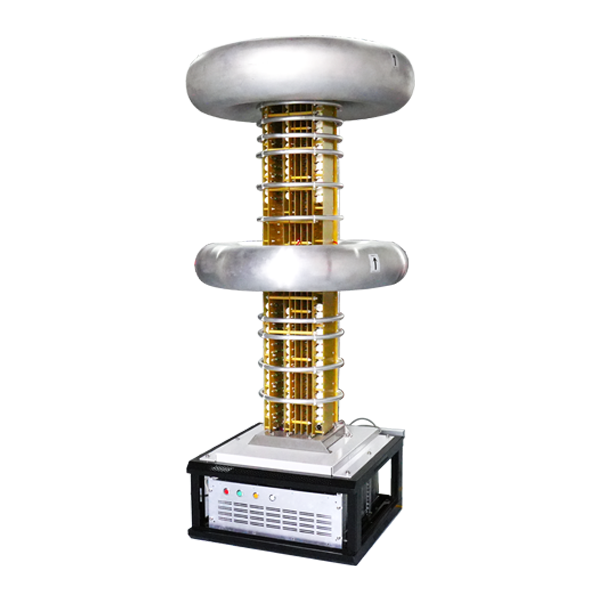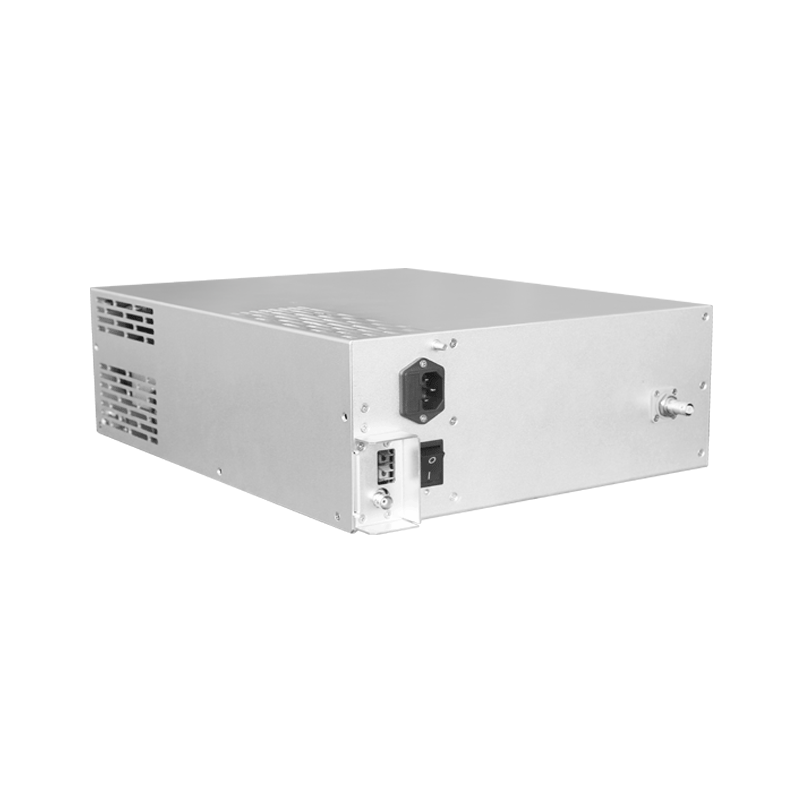Pulse Rise Edge Characteristics of 160kV High-Voltage Power Supply
In the field of high-voltage power supplies, the 160kV high-voltage power supply plays a crucial role in numerous high-end applications such as particle accelerators, X-ray tubes, and high-power microwave devices due to its high voltage output capability. Among them, the pulse rise edge characteristic, as one of the important indicators for evaluating the performance of a 160kV high-voltage power supply, has a significant impact on its performance in practical applications.
The pulse rise edge refers to the time process during which a pulse signal rapidly rises from a lower amplitude to a higher amplitude. For a 160kV high-voltage power supply, a shorter pulse rise edge means that the power supply can provide a stable high-voltage output within an extremely short time, which is crucial in many applications with extremely high requirements for time precision. For example, in a particle accelerator, precisely controlling the particle acceleration process requires the power supply to be able to respond quickly and provide a stable high-voltage pulse to ensure that the particles obtain the accurate energy.
However, it is not easy to achieve a short pulse rise edge for a 160kV high-voltage power supply. On the one hand, the circuit structure and component characteristics of the high-voltage power supply will affect the pulse rise edge. The parasitic parameters of components such as capacitors and inductors under high voltage, as well as the response speed of switching devices, will all limit the shortening of the pulse rise edge. On the other hand, the power transmission and energy storage systems of the power supply also need to be optimized to ensure that sufficient energy can be provided within a short time to support the rapid rise of the high voltage.
In order to improve the pulse rise edge characteristics of a 160kV high-voltage power supply, researchers have adopted a variety of technical means. Among them, the application of advanced power semiconductor devices is the key. New types of high-speed switching devices can achieve faster switching speeds, thus effectively shortening the pulse rise edge time. At the same time, optimizing the circuit topology of the power supply, such as using a multi-stage series or parallel connection method, can improve the output capability and response speed of the power supply. In addition, optimizing the control algorithm of the power supply to achieve precise control of the power supply output is also an important way to improve the pulse rise edge characteristics.
In practical applications, the pulse rise edge characteristics of a 160kV high-voltage power supply not only affect the performance of the equipment but also relate to the reliability and stability of the equipment. Therefore, when designing and using a 160kV high-voltage power supply, it is necessary to fully consider the pulse rise edge characteristics and conduct optimized design according to specific application requirements to ensure that the high-voltage power supply can operate stably and reliably under various complex working conditions.
In conclusion, the pulse rise edge characteristics of a 160kV high-voltage power supply are an important part of its performance. Through in-depth research and optimization of it, the performance of the 160kV high-voltage power supply can be further improved, meeting the needs of more high-end applications and promoting the continuous development of high-voltage power supply technology.




















